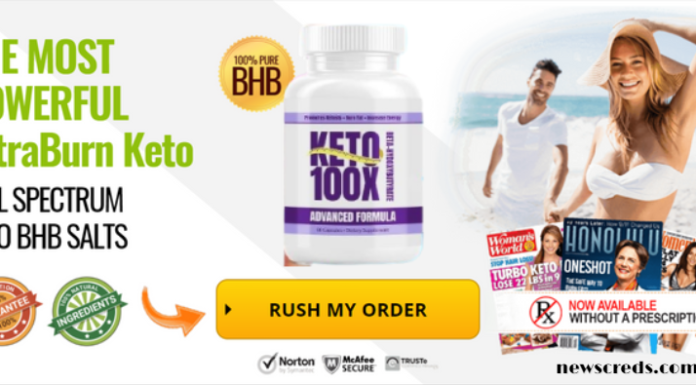Addiction can be an incredibly challenging battle, but it’s important to know that there is hope and help available. Breaking free from addiction requires commitment, support, and often, professional treatment. In this article, you will explore five effective treatment options that can help individuals on their journey to recovery.
Inpatient Rehabilitation Programs
Inpatient rehabilitation programs, also known as residential treatment, are a comprehensive and structured way to address addiction. These programs require individuals to reside within a treatment facility for a specified duration, often ranging from 28 days to several months. Inpatient programs provide a safe and supportive environment, away from triggers and temptations, allowing individuals to focus solely on their recovery. Within these facilities, patients undergo a combination of individual and group therapy, counseling, medical detoxification, and skill-building workshops. The immersive nature of inpatient programs can be highly effective, as it isolates individuals from their addictive environments, helping them to break the cycle of dependency.
Outpatient Rehabilitation Programs
Outpatient rehabilitation programs are more flexible than inpatient options, making them suitable for individuals who cannot commit to full-time residential treatment. Patients attend therapy sessions and counseling at specified times throughout the week while living at home. Outpatient programs are ideal for those who have responsibilities like work, school, or family care. These programs offer various treatment intensities, from standard outpatient to intensive outpatient programs (IOP). IOPs typically involve more frequent and extended therapy sessions to provide additional support for those who need it. Outpatient treatment can be an effective option, particularly when combined with a strong support system.
Medication-Assisted Treatment (MAT)
Medication-assisted treatment (MAT), provided by the Massachusetts Drug and Alcohol Treatment Center or near the place where you reside, is a highly effective approach for managing addiction to opioids, such as heroin or prescription painkillers and alcohol. MAT combines FDA-approved medications, like methadone, buprenorphine, or naltrexone, with counseling and therapy. These medications help reduce cravings and withdrawal symptoms, making it easier for individuals to focus on their recovery. MAT is an evidence-based approach to addiction treatment that has been shown to increase long-term recovery rates. It helps individuals regain stability in their lives, allowing them to address the psychological and behavioral aspects of addiction more effectively. With the support of MAT, individuals can take significant steps toward a healthier and more fulfilling life, free from the grips of opioid addiction.
Cognitive-behavioral therapy (CBT)
Cognitive-behavioral therapy (CBT) is a widely used and effective approach in addiction treatment. CBT helps individuals identify and change negative thought patterns and behaviors that contribute to addiction. It equips patients with coping strategies and life skills to manage cravings and avoid relapse. During CBT sessions, individuals work closely with a therapist to address the underlying causes of their addiction, develop healthier coping mechanisms, and set achievable goals for recovery. This therapy can be used in both inpatient and outpatient settings and is often combined with other treatment methods. By empowering individuals to rewire their thought processes and learn essential skills, CBT acts as a cornerstone in their journey towards a drug-free and fulfilling life.
Support Groups and 12-Step Programs
Support groups and 12-step programs like Alcoholics Anonymous (AA) and Narcotics Anonymous (NA) provide ongoing support and guidance for individuals in recovery. These programs are built on the principle of shared experiences and mutual support. They offer a sense of community, accountability, and encouragement. Participation in support groups and 12-step programs can be an integral part of maintaining long-term sobriety. Individuals can connect with others who have faced similar challenges, share their struggles, and learn from the experiences of those who have successfully overcome addiction.
Conclusion
Breaking free from addiction is a challenging journey that requires commitment, support, and the right treatment approach. There is no one-size-fits-all solution, but these five treatment options – inpatient rehabilitation, outpatient programs, medication-assisted treatment, cognitive-behavioral therapy, and support groups – offer a range of effective strategies to help individuals overcome addiction. It’s crucial to remember that recovery is a personal journey, and what works for one person may not be the best approach for another. Choosing the right treatment option often involves consulting with healthcare professionals to determine the most suitable path. Regardless of the chosen approach, the first step is acknowledging the problem and seeking help, and with the right treatment and support, individuals can break free from addiction and rebuild their lives.

















